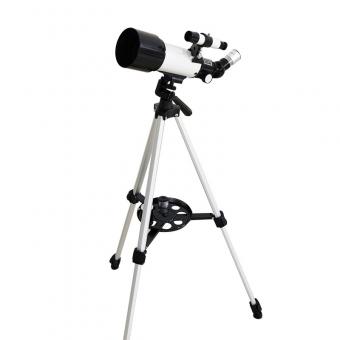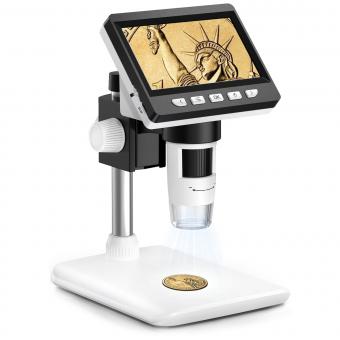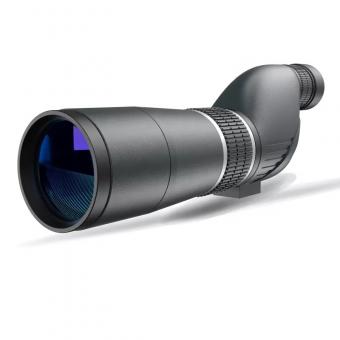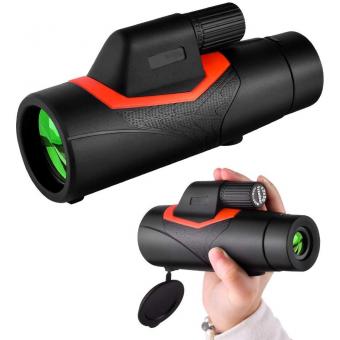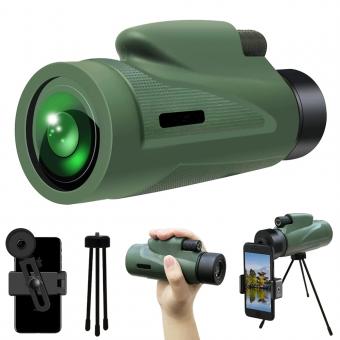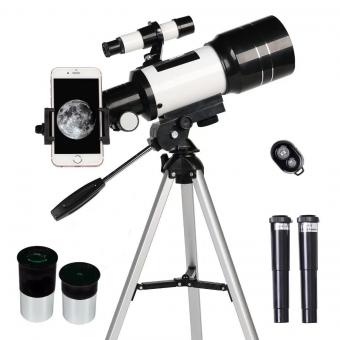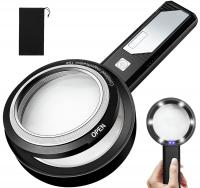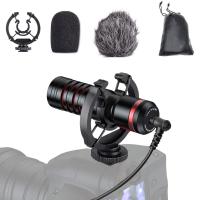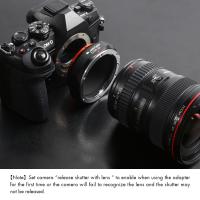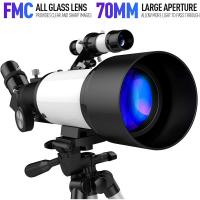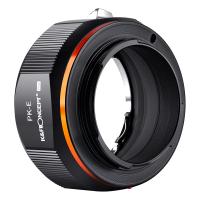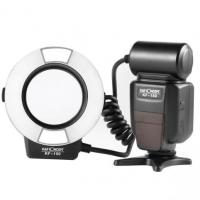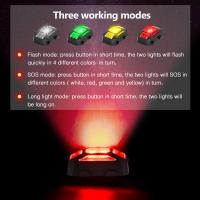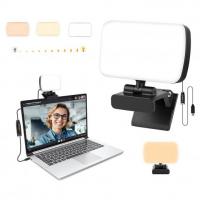How To Calculate Telescope Magnification?
Understanding how to calculate telescope magnification is crucial for both amateur and professional astronomers. Magnification is one of the key factors that determine how well you can observe celestial objects. In this article, we will delve into the concept of telescope magnification, how to calculate it, and the practical considerations you need to keep in mind to make the most out of your stargazing experience.
What is Telescope Magnification?
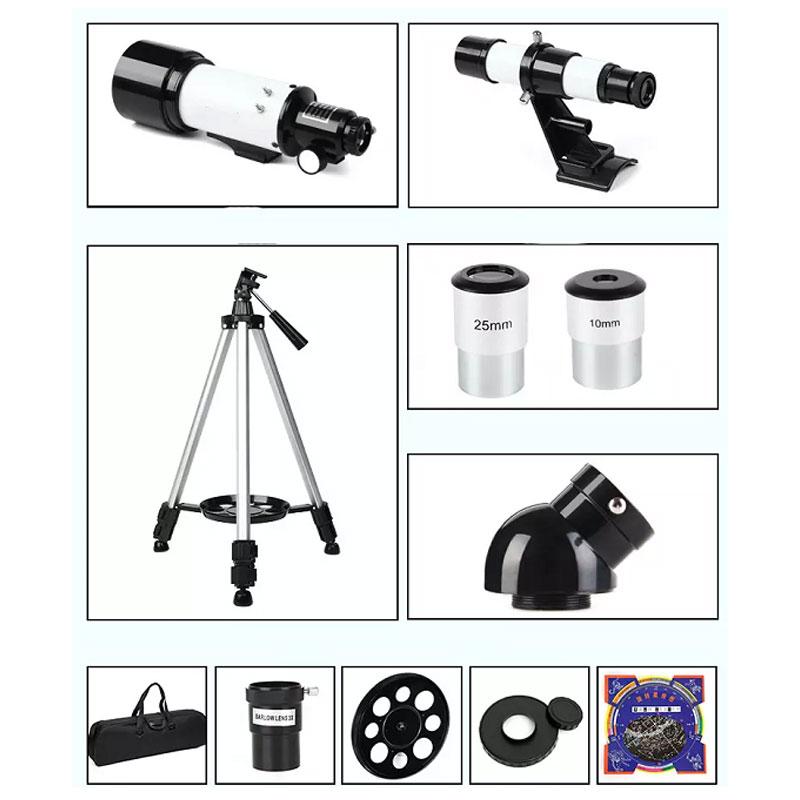
Telescope magnification, also known as power, is the factor by which a telescope enlarges the appearance of an object. For instance, if a telescope has a magnification of 50x, it means that the object will appear 50 times larger than it would to the naked eye. However, higher magnification does not always equate to better viewing. The quality of the image also depends on factors like the telescope's aperture, the quality of the optics, and atmospheric conditions.
Basic Formula for Calculating Magnification

The magnification of a telescope is determined by the focal lengths of the telescope and the eyepiece. The formula is straightforward:
\[ \text{Magnification} = \frac{\text{Focal Length of Telescope}}{\text{Focal Length of Eyepiece}} \]
For example, if your telescope has a focal length of 1000 mm and you are using an eyeppiece with a focal length of 25 mm, the magnification would be:
\[ \text{Magnification} = \frac{1000 \text{ mm}}{25 \text{ mm}} = 40x \]
Understanding Focal Length
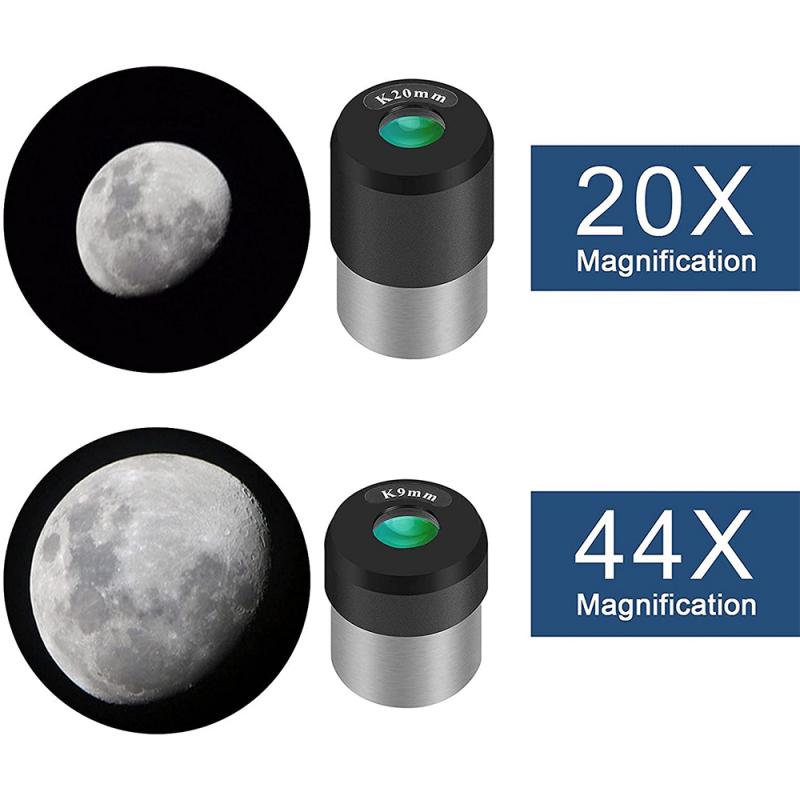
The focal length of a telescope is the distance from the primary lens or mirror to the point where the telescope forms an image of an object. This is usually measured in millimeters (mm). The focal length of the eyepiece is also measured in millimeters and is usually inscribed on the eyepiece itself.
Types of Telescopes and Their Focal Lengths

Different types of telescopes have varying focal lengths:
1. Refractor Telescopes: These use lenses to gather and focus light. They generally have longer focal lengths, making them suitable for high magnification.
2. Reflector Telescopes: These use mirrors instead of lenses. They usually have shorter focal lengths but larger apertures, making them ideal for deep-sky observations.
3. Catadioptric Telescopes: These combine lenses and mirrors, offering a compact design with moderate focal lengths.
Choosing the Right Eyepiece
The eyepiece plays a crucial role in determining the magnification. Eyepieces come in various focal lengths, and swapping them out can change the magnification. Common eyepiece focal lengths range from 4 mm to 40 mm. Shorter focal lengths provide higher magnification, while longer focal lengths offer lower magnification but a wider field of view.
Practical Considerations
While it might be tempting to go for the highest magnification possible, there are practical limitations:
1. Aperture: The aperture of your telescope, or the diameter of its primary lens or mirror, limits the amount of light it can gather. Higher magnification requires more light, so a larger aperture is necessary for clear, bright images.
2. Atmospheric Conditions: The Earth's atmosphere can distort light, affecting image quality. High magnification can exacerbate these distortions, making the image blurry.
3. Optical Quality: The quality of the telescope's optics also plays a significant role. Poor-quality lenses or mirrors can result in chromatic aberration and other distortions, especially at high magnifications.
Calculating Maximum Useful Magnification
A general rule of thumb for the maximum useful magnification of a telescope is 50 times the aperture in inches, or 2 times the aperture in millimeters. For example, if your telescope has an aperture of 100 mm, the maximum useful magnification would be:
\[ \text{Maximum Useful Magnification} = 2 \times 100 \text{ mm} = 200x \]
Exceeding this limit can result in dim, blurry images.
Examples of Magnification Calculations
Let's go through a couple of examples to solidify our understanding:
1. Example 1: You have a refractor telescope with a focal length of 1200 mm and an eyepiece with a focal length of 20 mm. The magnification would be:
\[ \text{Magnification} = \frac{1200 \text{ mm}}{20 \text{ mm}} = 60x \]
2. Example 2: You have a reflector telescope with a focal length of 800 mm and an eyepiece with a focal length of 10 mm. The magnification would be:
\[ \text{Magnification} = \frac{800 \text{ mm}}{10 \text{ mm}} = 80x \]
Balancing Magnification and Field of View
Higher magnification narrows the field of view, which can make it challenging to locate and track objects. For beginners, it's often better to start with lower magnification to get a wider field of view. Once you have located the object, you can switch to a higher magnification eyepiece for a closer look.
Using Barlow Lenses
A Barlow lens is an accessory that can be inserted between the telescope and the eyepiece to increase magnification. A 2x Barlow lens, for example, will double the magnification of any eyepiece used with it. This can be a cost-effective way to increase magnification without needing to purchase multiple eyepieces.
Calculating telescope magnification is a fundamental skill for any astronomer. By understanding the relationship between the focal lengths of the telescope and the eyepiece, you can easily determine the magnification. However, it's essential to balance magnification with practical considerations like aperture, atmospheric conditions, and optical quality to ensure the best possible viewing experience. Whether you're observing the craters on the Moon, the rings of Saturn, or distant galaxies, the right magnification can make all the difference. Happy stargazing!


